How Important is School? Let This Beautiful Ladakhi Film Inspire You
Inspired by a true story about a girl with Cerebral Palsy, Chennai-born director Priya Ramasubban shares her film's extraordinary journey with The Better India.
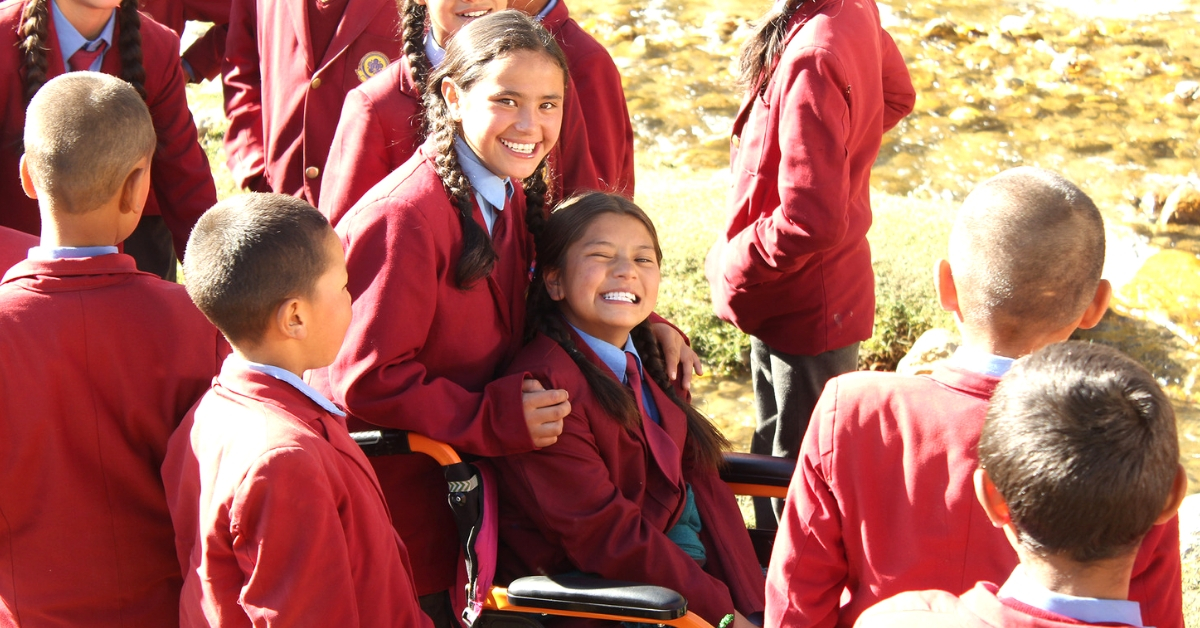
How did a Bengaluru-based documentary filmmaker end up making a feature film about a village girl from, Ladakh, the land of high passes? It is a fascinating story about a vision that was held on to despite many challenges, for years and years, before the final result emerged at last.
Chennai-born Priya Ramasubban’s debut feature film ‘Chuskit’ is a story of a young Ladakhi girl from the fictional village of Skitpachan – whose dreams of going to school are tragically cut short by an accident that renders her paraplegic. Despite being confined to life indoors in the company of her disciplinarian grandfather Dorje, she still dreams of going to school.
Chuskit, the young girl, not only battles her disability but also her grandfather – who attempts to make her understand that she can’t go to school since it cannot service her needs.
This constant clash of world-views catches her parents and elder brother who respect the old man but are determined not to crush her spirit. Does Chuskit accept the reality her grandfather lays down for her? Watch the visually stunning and heart-warming film to find out!
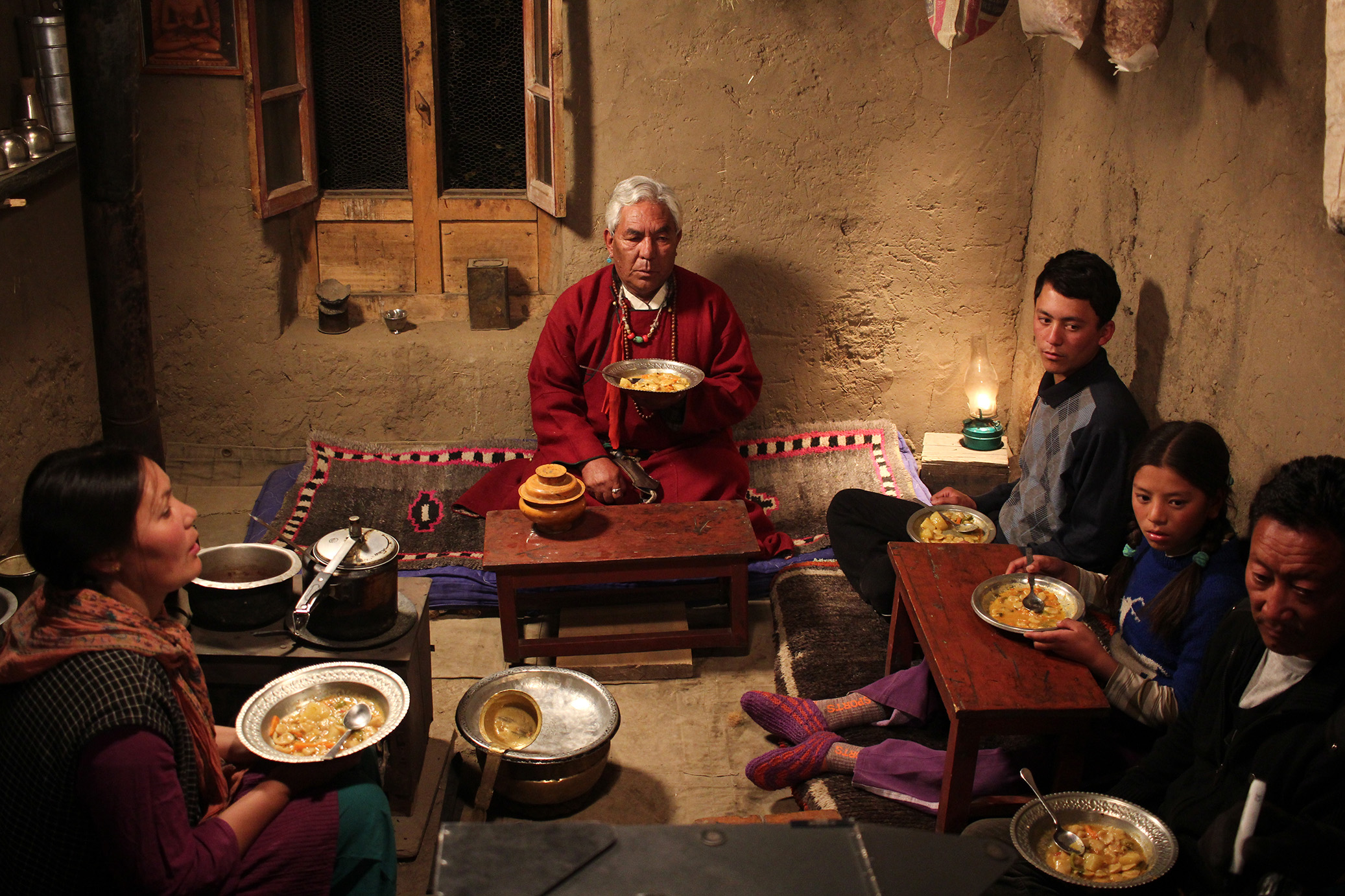
Priya has written, directed and produced shows and documentaries for National Geographic, Discovery, History Channel and other international broadcasters for over a decade.
She has gotten accustomed to shooting documentaries in locations like the Gaza Strip, Northern Nigeria and Patagonia. The high-altitude climes of Ladakh – marked by massive peaks, harsh winds, and sub-zero temperatures – offered yet another challenging environment, with a culture not many people in India and around the world know much about.
“I first went to Ladakh in 1998 when I was working on a series for National Geographic. Ladakh was beautiful, and the people there were even more beautiful. I fell in love instantly,” says Priya, speaking to The Better India.
“My sister Vidhya Ramasubban moved to Ladakh a year after I first visited and lived there for ten years. There she co-founded the ‘People’s Action Group for Inclusion and Rights’ (PAGIR) along with noted grassroots activist Mohammed Iqbal.”
Their experiences of working with differently-abled children made her want to tell the story to others. The initial spark came from her best friend Sujatha Padmanabhan, who wrote a children’s book called ‘Chuskit Goes to School’. The book was inspired by the real-life story of a girl named Sonam Spalzes from Stok village, suffering from cerebral palsy, who is now undergoing vocational training.
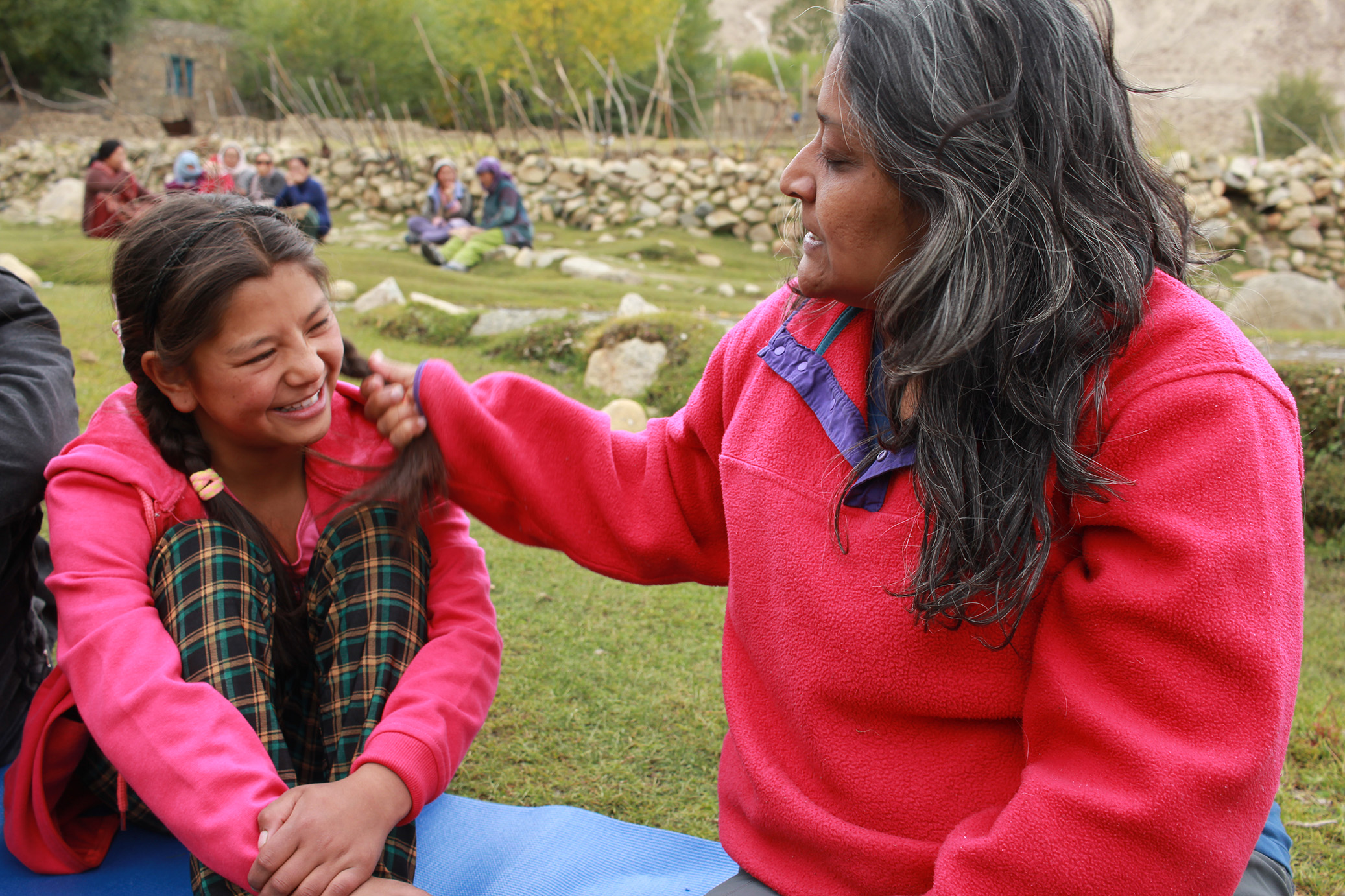
“I got involved later and fleshed out the story and made it into a screenplay that stayed true to the essence of the story but also fictionalised some parts of it,” she adds.
Shot entirely in the villages of Sakti and Phey, the cast is made up of locals from Ladakh except for one character.
“My sister, Vidya had lived in Ladakh for almost a decade, so she has a lot of friends there. One of her close friends, Chetan Angchuk, conducts theatre workshops in schools and communities and knew of lots of children who were interested in theatre and acting. We did a casting workshop with many of those children and Jigmet Dewa Lhamo, our lead actor, stole our hearts by a long shot,” says Priya.
Assisting her in the process of making the film were locals who helped her with casting, ground transport, costumes, set decorations, catering and location coordination, among other things.
Prominent socio-cultural figures of Ladakh including the likes of Sonam Wangchuk (founder of SECMOL), Morup Namgyal (a legendary folk singer and scholar) and noted Ladakhi filmmaker Stanzin Dorjay Gya backed Priya’s project, offering inputs and support.
“This is a very well-made film, which captures Ladakh and struggle of its people beautifully. Inspired by a true story, this is a film which everyone must see,” says Stanzin, speaking to The Better India.
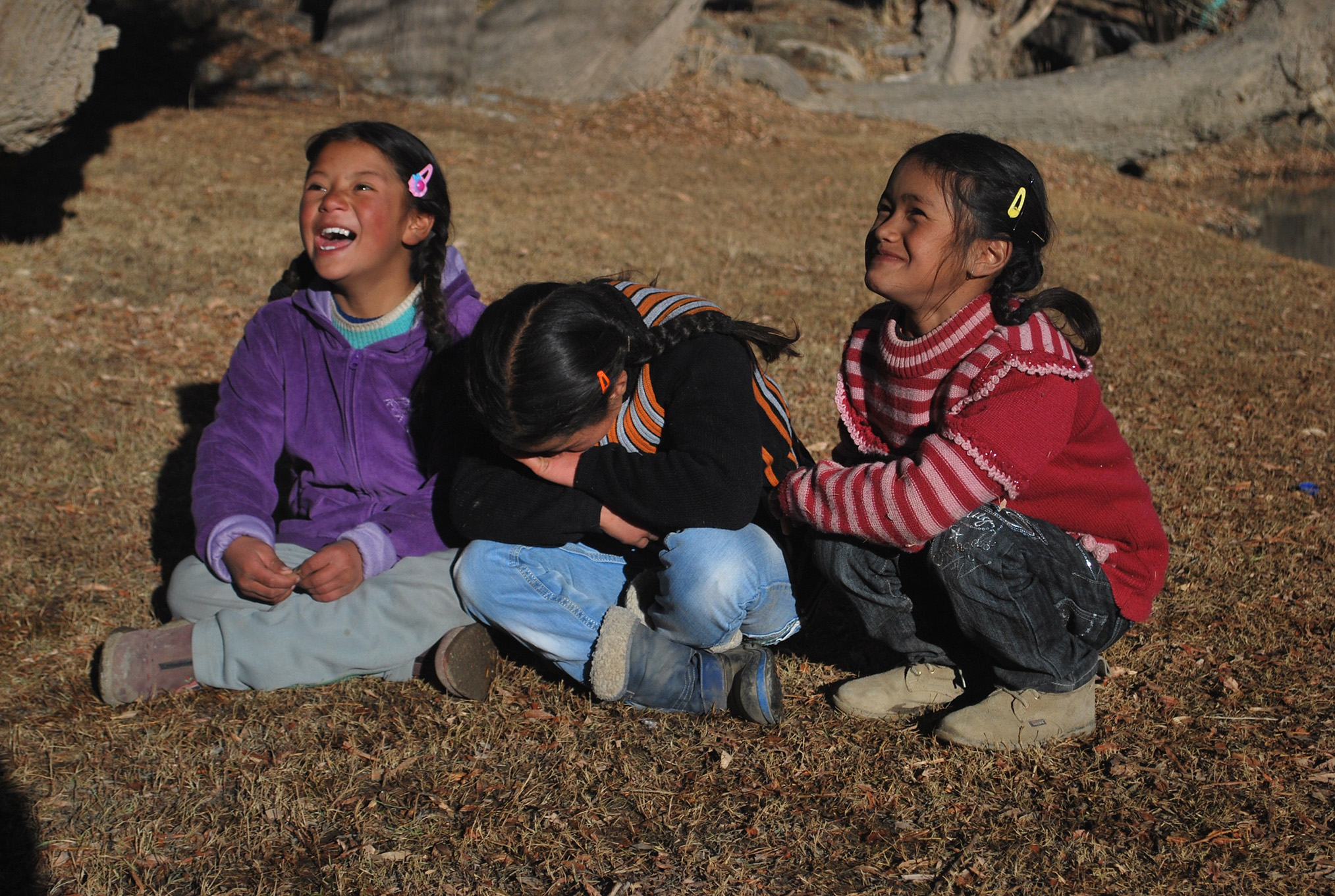
Having said that, the process of making the film wasn’t easy. Taking over five years to shoot the film, Priya had to overcome not just a lack of funds but also a tragedy at home.
“Initially, it was the simple story of resilience that attracted me towards the cause. But soon after I made the trailer, my mother was diagnosed with a terminal illness that rendered her wheelchair-bound. The film was on hold.
Seeing her life become more insular because of the lack of accessibility around her propelled me further to make this film… after a three-year hiatus,” says Priya.
For funds, she first used the crowdfunding website Kickstarter in 2012 to shoot the winter scenes in Ladakh. She raised an initial sum of $98,000 from 244 funders and used that money to make a trailer. Subsequently, she had to raise money for the principal shooting and finishing. It has taken over five years to get here, but Priya and her team finally shot the remainder last year in September and finished the film in March this year.
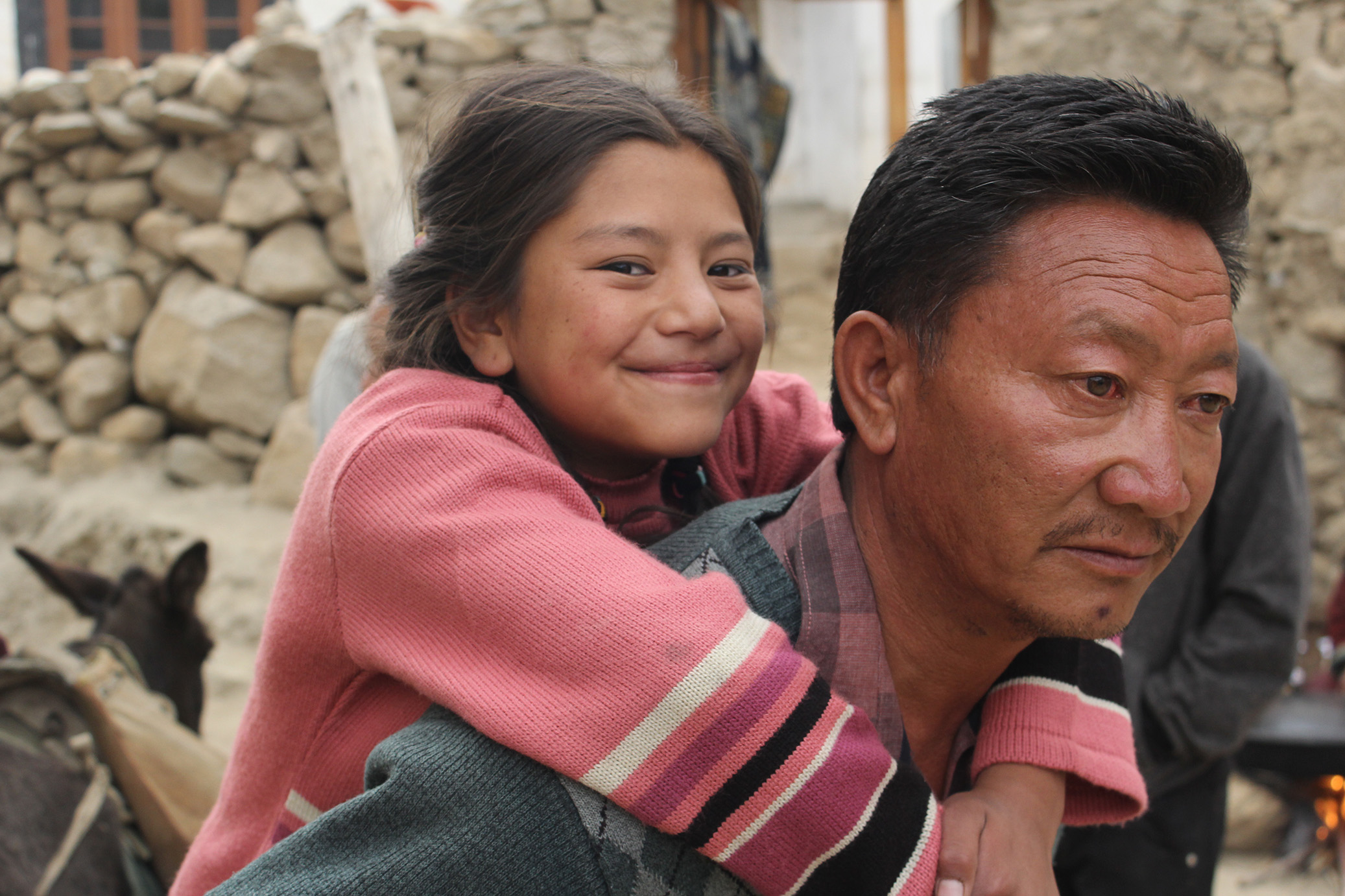
“It was initially funded on Kickstarter and then Wishberry Films (India’s first crowd-finance studio for new age cinema) leveraged support from individuals who saw the viability of our film. They helped us raise a large chunk of the money needed to make this film and have been working with me to take it to festivals and to showcase it to sales agents around the world,” she tells The Better India.
What does Priya want her audiences to take away from the film?
“I hope that those who watch the film find Chuskit’s tenacity within themselves. Whether you are a woman trying to break into the predominantly male world of filmmaking or a paraplegic girl who wants to go to school, it takes unrelenting perseverance to get to where you want to go. And a few people who are willing to help you along the way. I’m hoping that more people – women especially – will open doors for themselves and others to get to where they want to be,” she says.
Also Read: Learning Out-Of-The-Box: Check out 10 of India’s Most Unique Schools!
Going by recent events, it’s evident that her film and the message she wants to impart are reaching a wide global audience. It recently premiered at the Giffoni International Children’s Film Festival, one of the world’s leading children film festival, where it won the Amnesty International Award.
According to the jurors, the film won the award “for the lead character’s determination to affirm in every possible way her right to go to school and get an education because no disability must represent an obstacle to learning. For the importance of family and community as a whole who have the task to protect and guarantee this right.”

At the recently held International Film Festival in Santiago, Chile, Jigmet Dewa Lhamo won the Best Young Actress Award. Lhamo, who plays the lead character with paraplegia, is a Class 7 student of the Leh’s Druk Padma Karpo School. The film also won Best Screenplay and Best First-Time Director.
Does the director have any plans to showcase the film to a larger Indian audience?
“It’s an uphill task to get a film like this out in the world, but we are sure that it is a meaningful film and so we keep working hard to get it out in front of audiences,” Priya tells The Better India.

Without big-name actors and a regional language that many people in the Indian mainland don’t understand, the task of marketing the film to cinema halls in Indian cities is particularly hard. The economics of such a venture isn’t very attractive to distributors.
“We are working on strategies to see what the best medium to distribute the film will be. Our efforts will hopefully bear fruit soon. The sales and marketing of a film can take up to a year, so we are taking things one step at a time,” says Priya.
In the time of ‘Beti Bachao, Beti Padhao’, films like ‘Chuskit’ are critical. The message of supporting a girl child’s dream to attend school no matter what the obstacles are something other parts of the country desperately need.
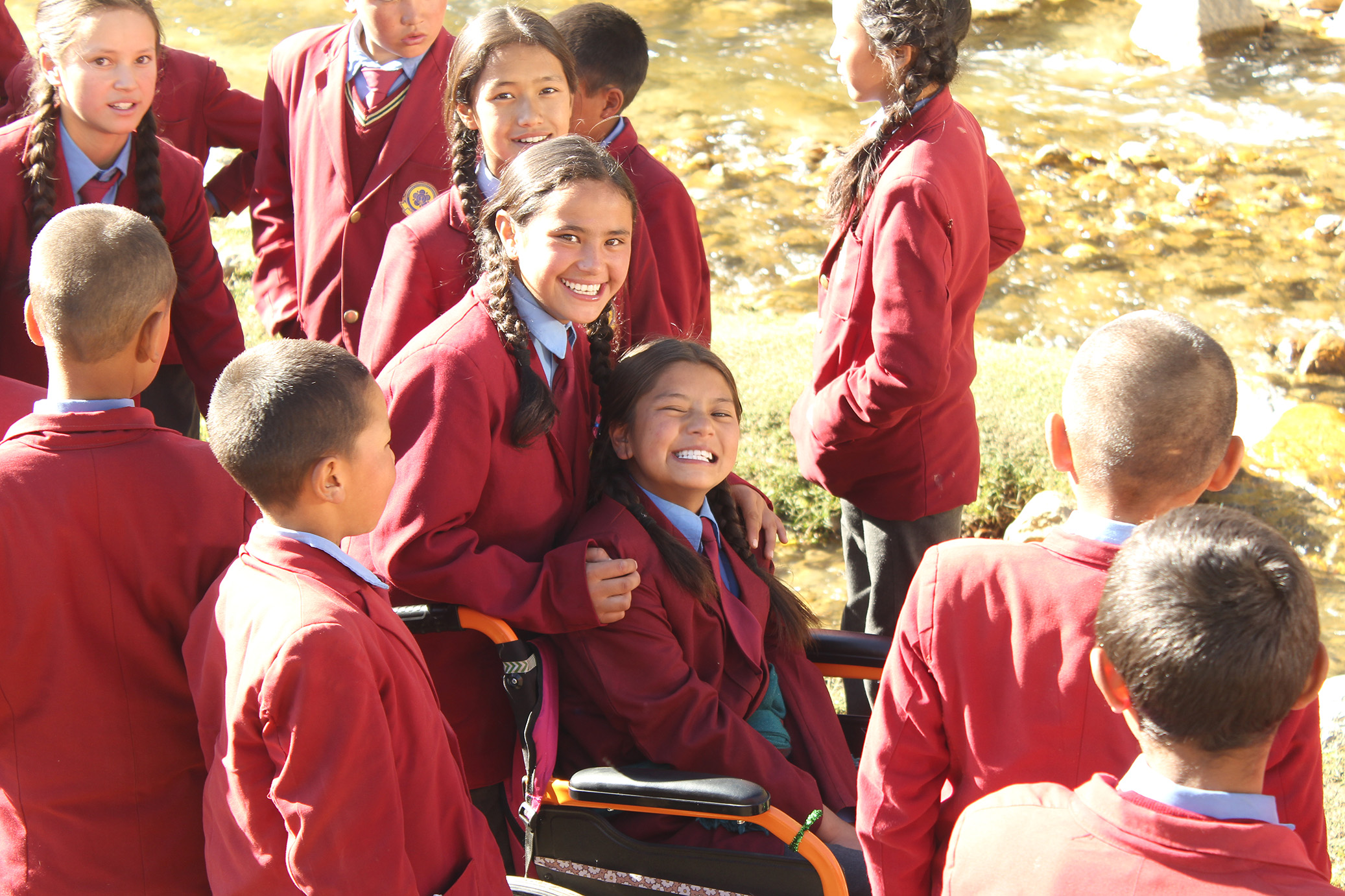
Perhaps if it reaches a broader audience, the potential for adaptations in different vernaculars grows stronger. It’s a deeply inspiring story. Moreover, as an authentic take on life in Ladakh, its culture, society and people, the rest of India could do well to understand such things through such films better.
Ladakh just isn’t a scenic tourist getaway, but home to a people who have overcome incredible odds to fulfil their dreams and aspirations.
‘Chuskit’ is just one example.
You can watch the trailer below:
(Edited By Vinayak Hegde)
Like this story? Or have something to share? Write to us: [email protected], or connect with us on Facebook and Twitter.
If you found our stories insightful, informative, or even just enjoyable, we invite you to consider making a voluntary payment to support the work we do at The Better India. Your contribution helps us continue producing quality content that educates, inspires, and drives positive change.
Choose one of the payment options below for your contribution-
By paying for the stories you value, you directly contribute to sustaining our efforts focused on making a difference in the world. Together, let’s ensure that impactful stories continue to be told and shared, enriching lives and communities alike.
Thank you for your support. Here are some frequently asked questions you might find helpful to know why you are contributing?


This story made me
-
97
-
121
-
89
-
167














